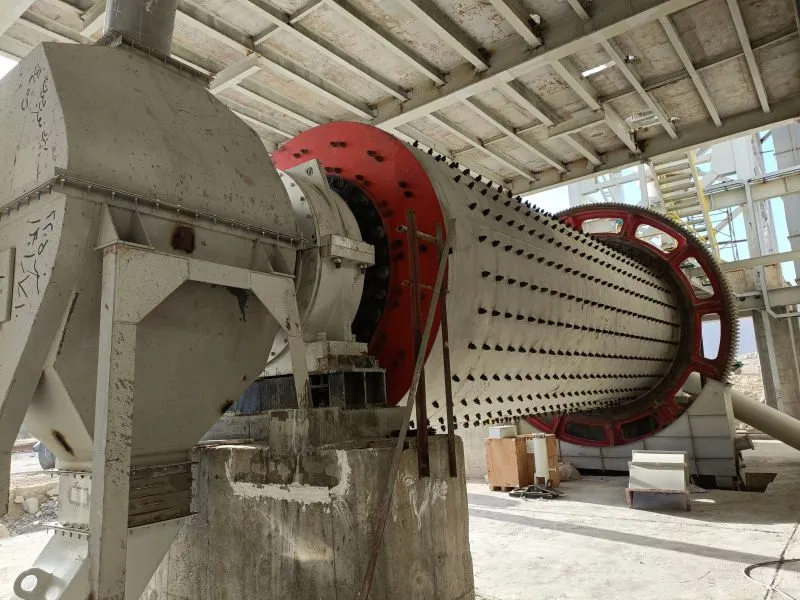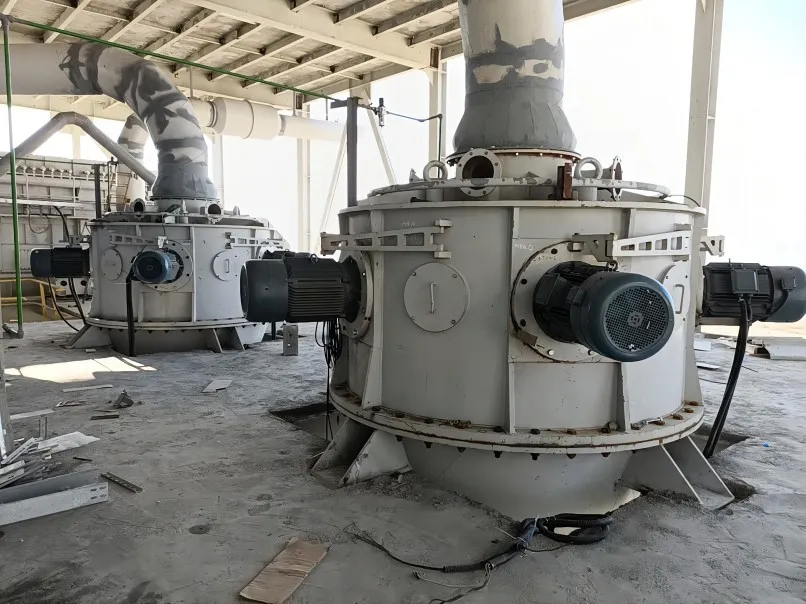A ball mill classifier’s working principle is key to efficient grinding in many industries. Classifiers work with ball mills. They separate and classify the ground materials by size. This ensures the desired product quality. Here’s a detailed overview of how they function:

Working Principle of Ball Mill Classifier
1. Material Feeding and Grinding:
The process begins when raw material is fed into the ball mill. There, it is ground by the impact of the grinding media (balls). The mill rotates. The balls lift and cascade down. They crush the material into finer particles through impact and attrition.
2. Airflow Introduction:
Once the material is ground, it is transported out of the ball mill along with air. This airflow is crucial as it carries the fine particles into the classifier.
3. Classification Process:
Inside the classifier, particles are separated based on their size:
Fine Particles: Airflow carries smaller particles to a collection area.
Coarse Particles: Larger particles that exceed size specs go back to the ball mill for more grinding.

4. Recirculation:
The returned coarse particles ensure continuous processing. This continues until all material meets the desired particle size. This recirculation helps in achieving a consistent product quality.
5. Collection of Finished Product:
The classifier collects fine particles. These can go to a dust collector or storage bin. Clean air is then released into the environment.
Types of Classifiers
There are primarily two types of classifiers used in conjunction with ball mills:
Dynamic Classifiers: These classifiers adjust their criteria based on real-time feed rates and particle sizes. This allows for better control of product quality.
Static Classifiers: They have a fixed cut size. They don’t adjust dynamically. This makes them simpler but less efficient at separating varying particle sizes.
Efficiency Benefits
Integrating classifiers with ball mills significantly enhances operational efficiency by:
Controlling Particle Size Distribution: This ensures that products meet specific quality standards.
Improving Throughput: Efficiently separating fine from coarse materials can boost production rates.
Reducing Energy Use: Efficient classification saves energy by limiting regrinding of already fine particles.
In summary, the ball mill classifier system grinds materials in a ball mill. It then classifies them by particle size using airflow. It optimizes grinding efficiency and product quality. It cuts energy use and costs.